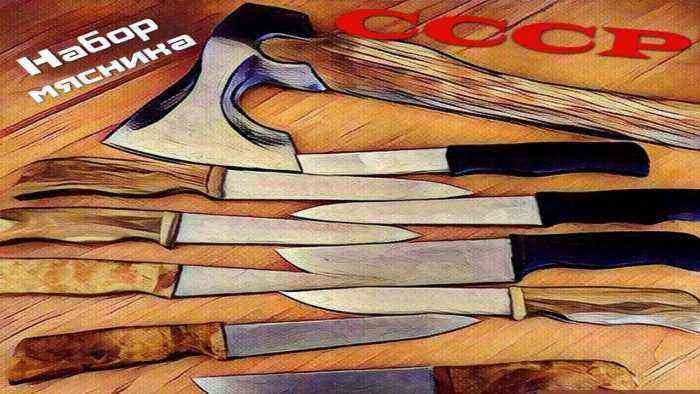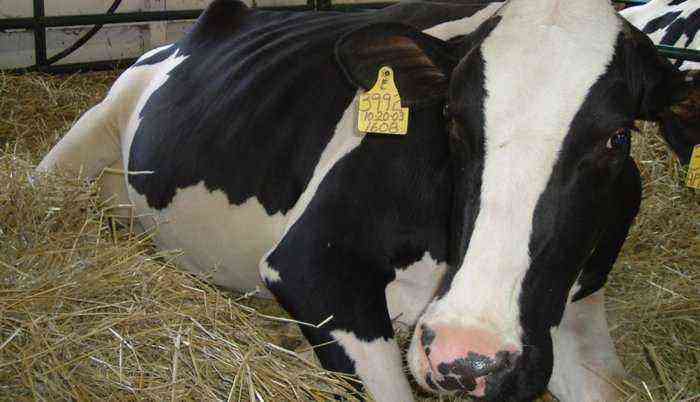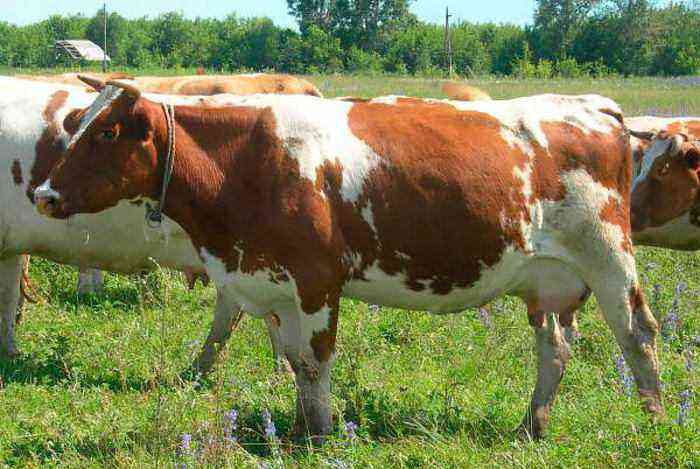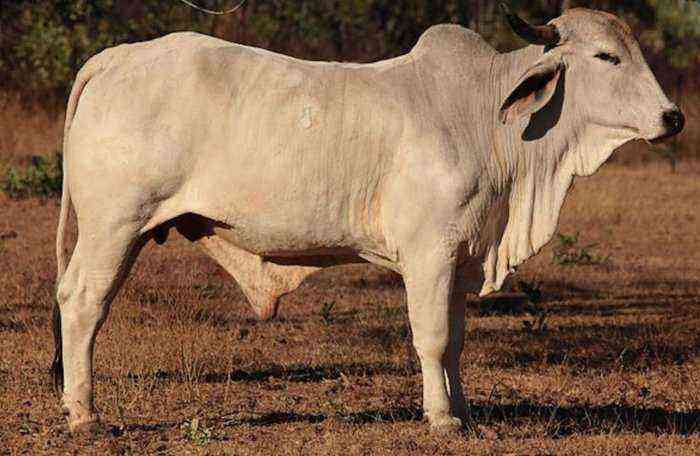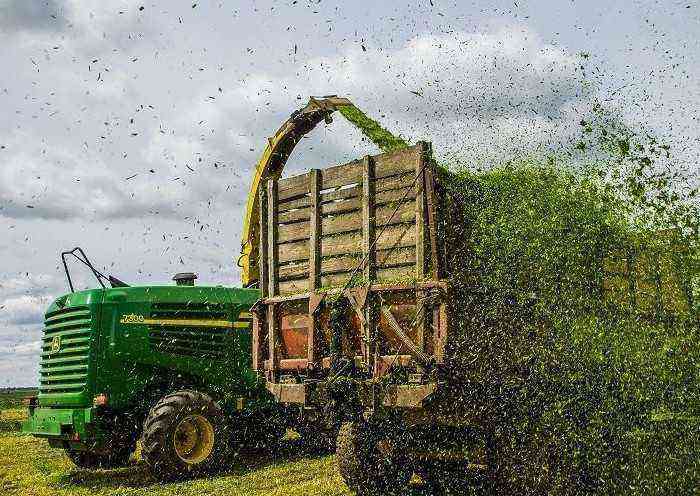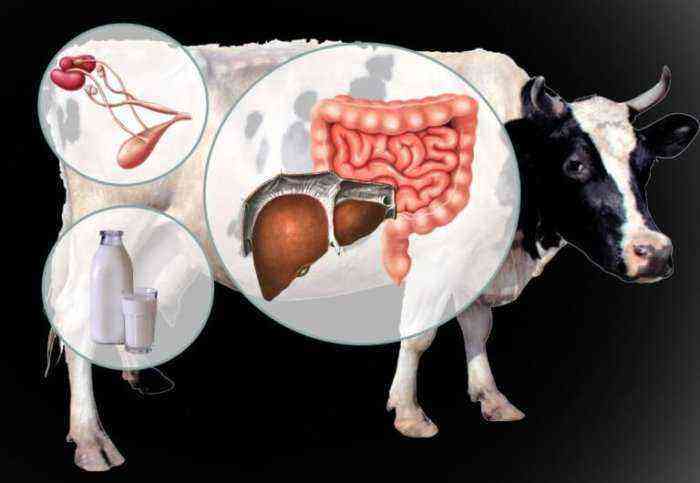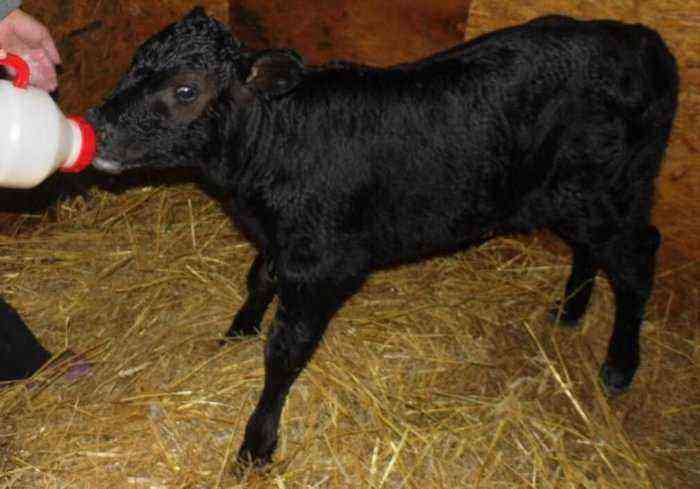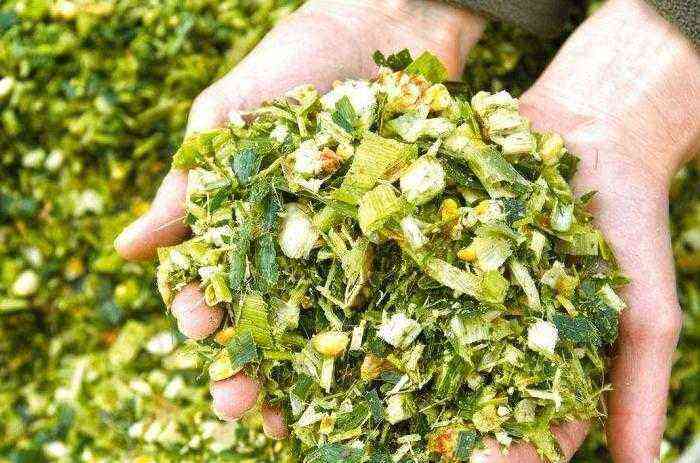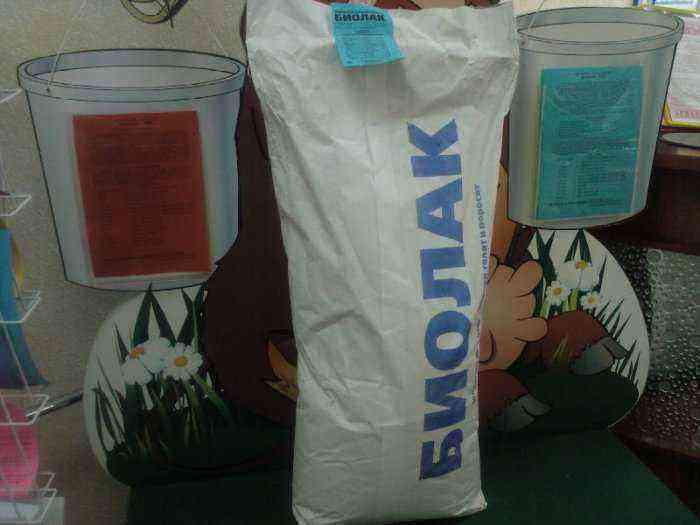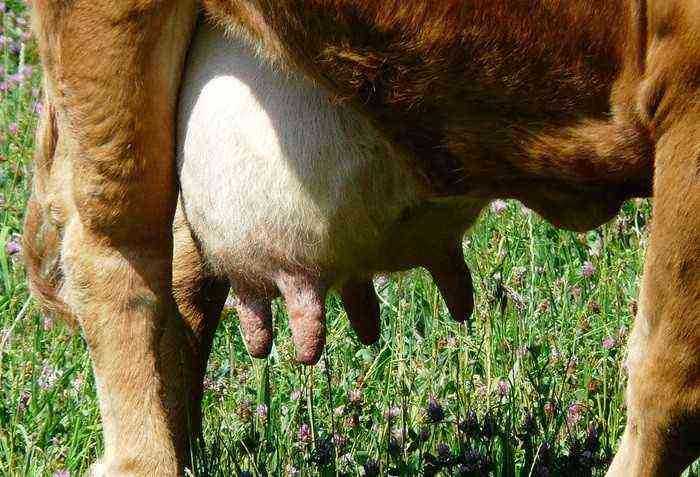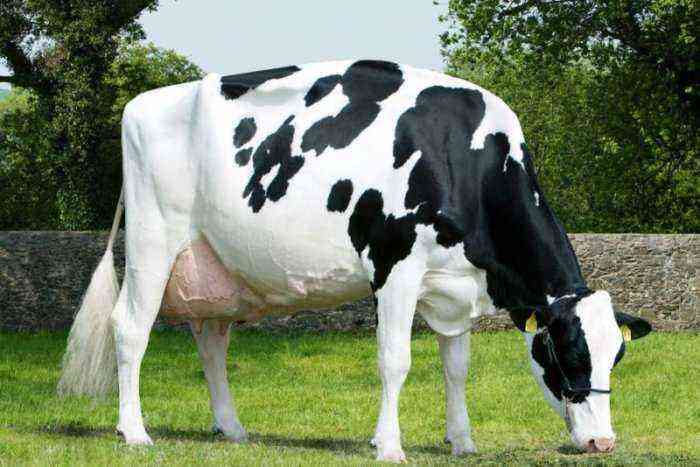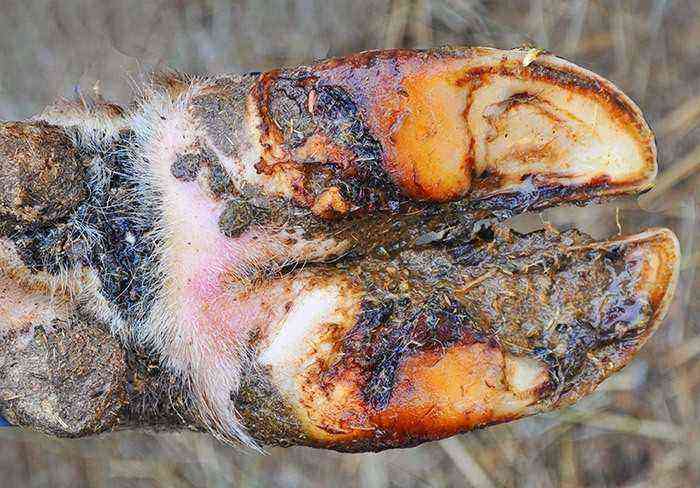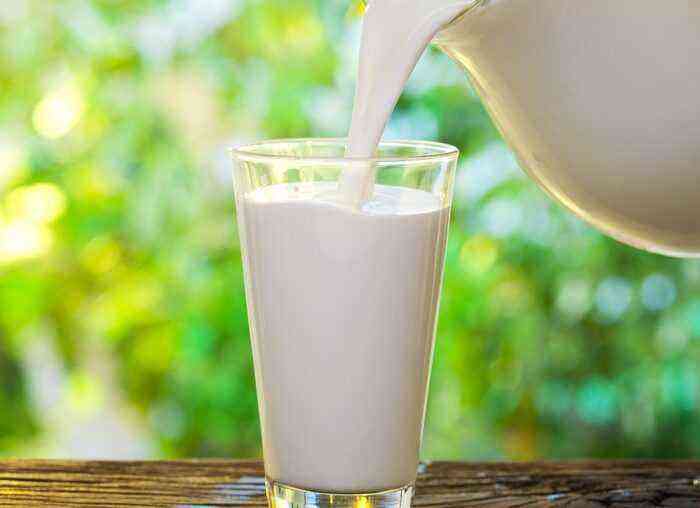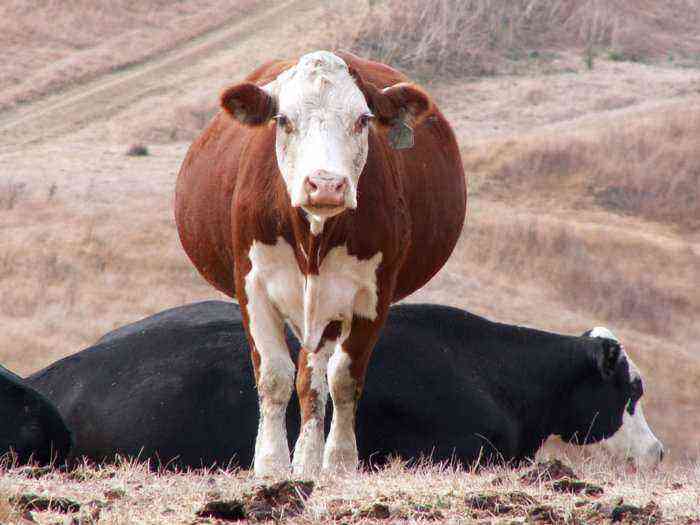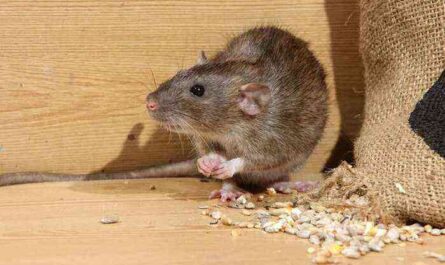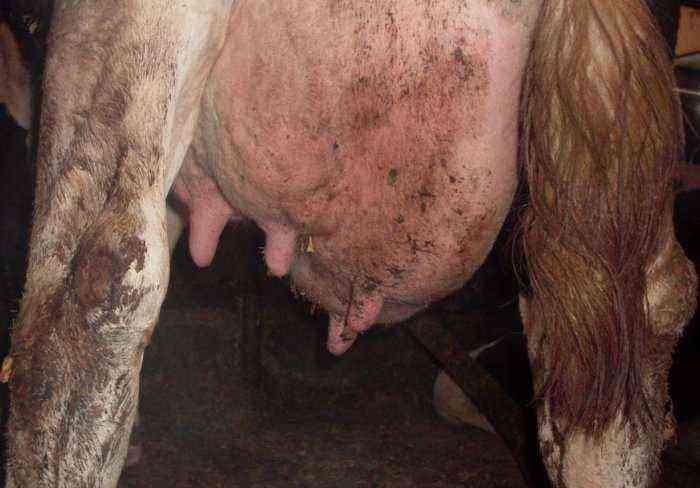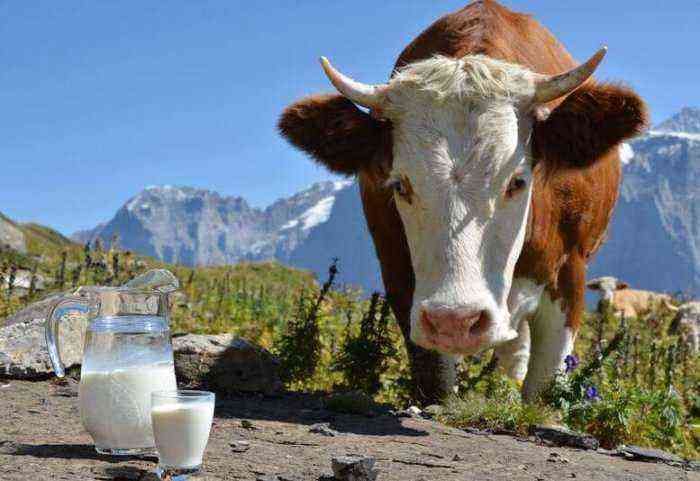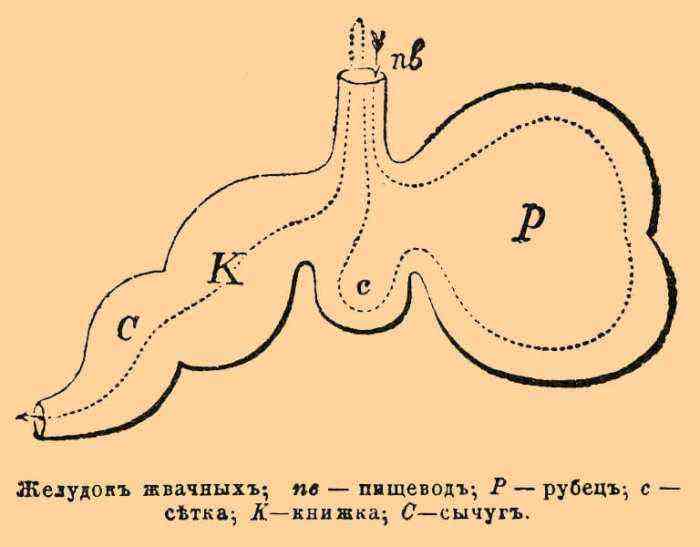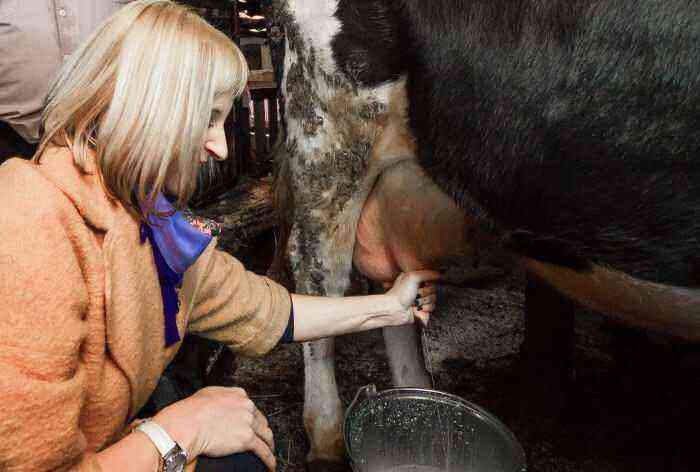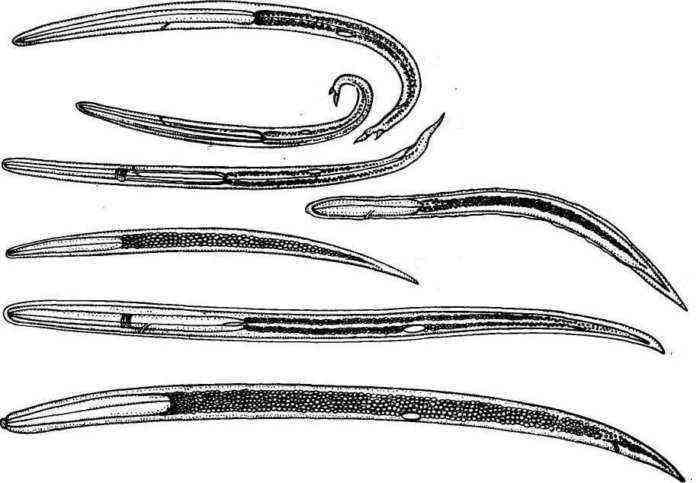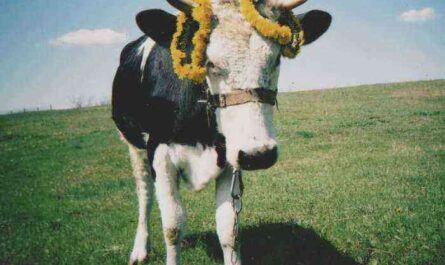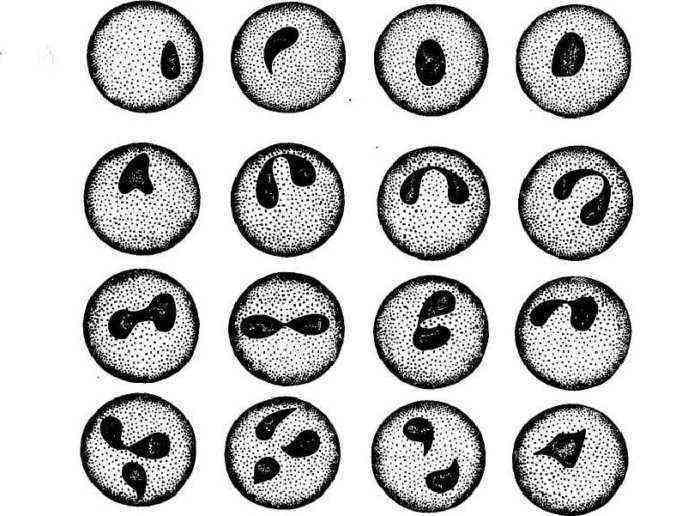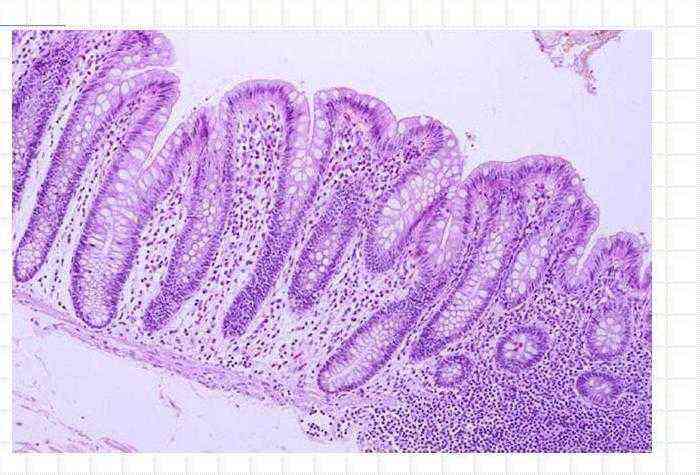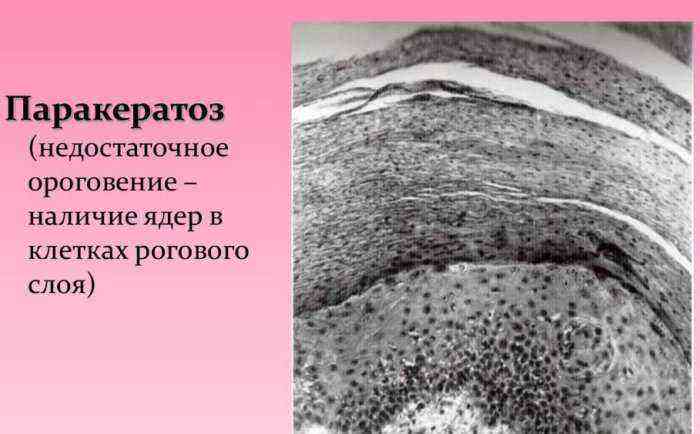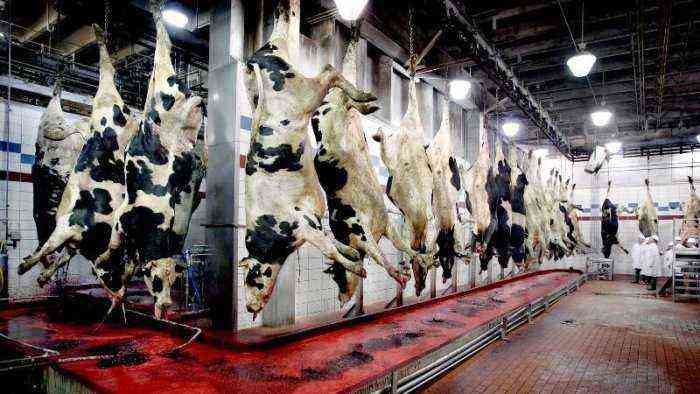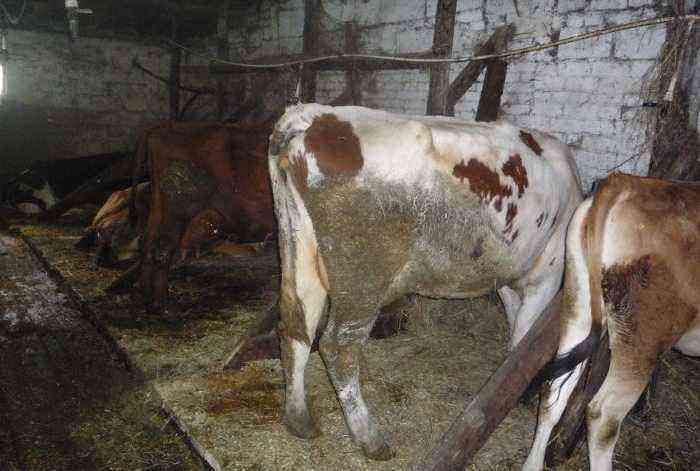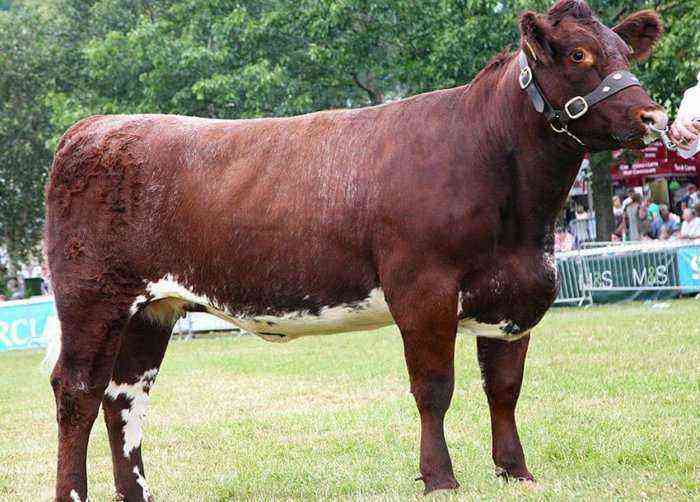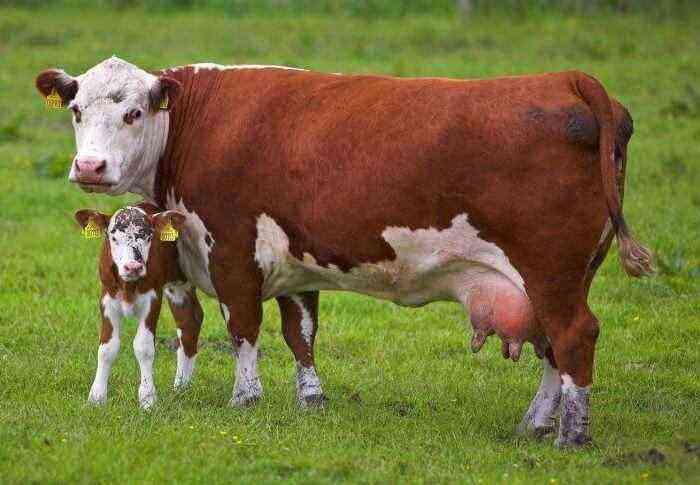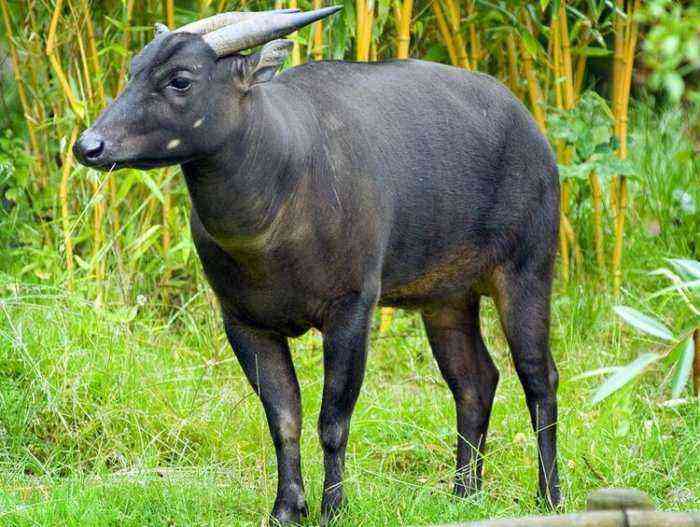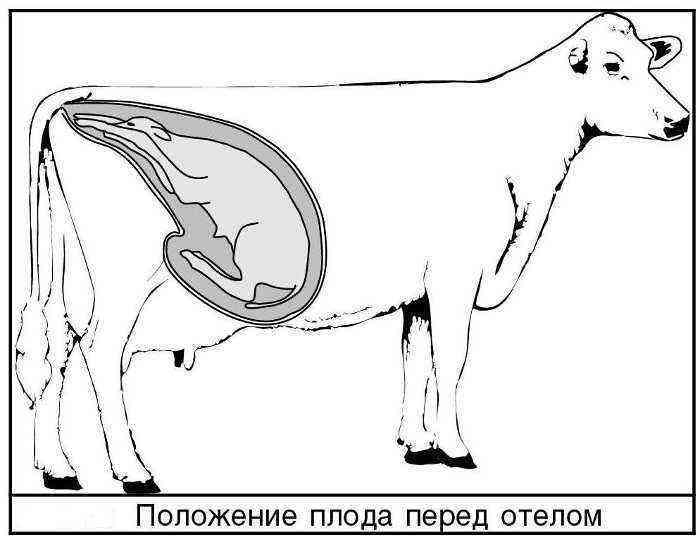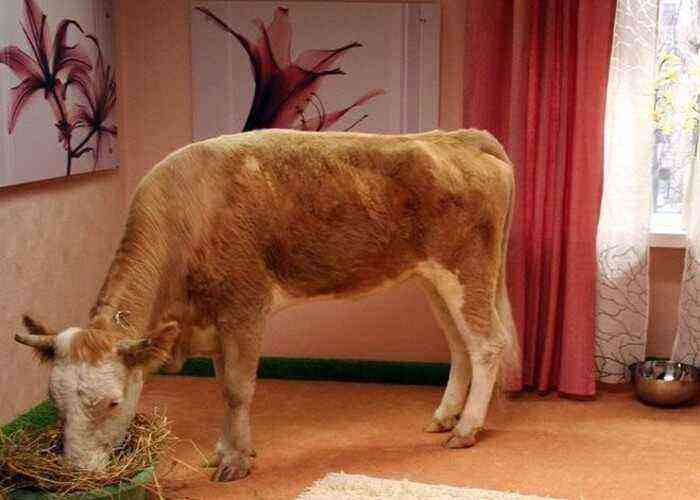To build a barn with your own hands, convenient for placing cows, the project provides for everything you need. Animals feel good if the room is warm, bright, without drafts, with ventilation. Features of the building are determined by climatic features and the number of livestock.
Home barn
The barn provides space for food storage and distribution, water connection. Sanitary conditions depend on cleanliness, and it is determined by the proper cleaning of manure, flooring.
Requirements for the room
A well-organized barn keeps animals healthy and increases productivity. The room is made economical, but at the same time convenient for technological processes. The construction technology and the materials used are selected taking into account the maintenance of the necessary microclimate.
A one-story building is made with an insulated ventilated roof. It is advisable not to use internal supports that limit space and interfere with the location of process equipment. Their absence allows you to quickly make a reconstruction, install new equipment.
Thick boards are used for the ceiling, they are tightly fitted. The cracks are caulked and covered with clay. 10 cm of dry sand or sawdust are poured from above. For a harsh climate, the ceiling is made double with a gap of 35 cm. The space is filled with dry sand, straw and sawdust on top.
For each individual, a stall and a feeder are provided. To remove urine and liquid manure, a chute is made at the back with a slope along which they flow into the slurry collector. For the movement of people behind make a passage 1 meter wide.
The greatest labor costs in the distribution of feed. Devices used for this purpose must provide the animals with a diet. Apply stationary feeders and drinkers or mobile. They must exclude losses, spoilage of feed, and not contribute to the spread of diseases.
Attention! The leash is made in such a way that the cattle freely get up and lie down. If the animal does not have enough space, it is injured when standing up, when the legs slide on the floor. The distance from the front leg of a lying cow to the feeder is at least 10 cm.
Indoors, windows are required for daylight illumination. An opening is made in the wall above the gutter through which manure is removed. The door is made of wood, tightly fitted, a deadbolt or lock is provided on the outside.
Project and dimensions
Modern farmers prefer to build large barns: labor costs are less and profits are greater. Such structures require careful selection of building materials and compliance with technology, taking into account the climate and soil structure.
Construction starts with the foundation. The base is made on piles, from a monolith or a free-standing type. It is practical to use a pile, and insulate the reinforced concrete grillage.
The frame is made from rolled metal. Structural elements are connected by electric welding and bolts, which achieve increased strength. Durability is ensured by coating with an anti-corrosion primer and painting with enamel.
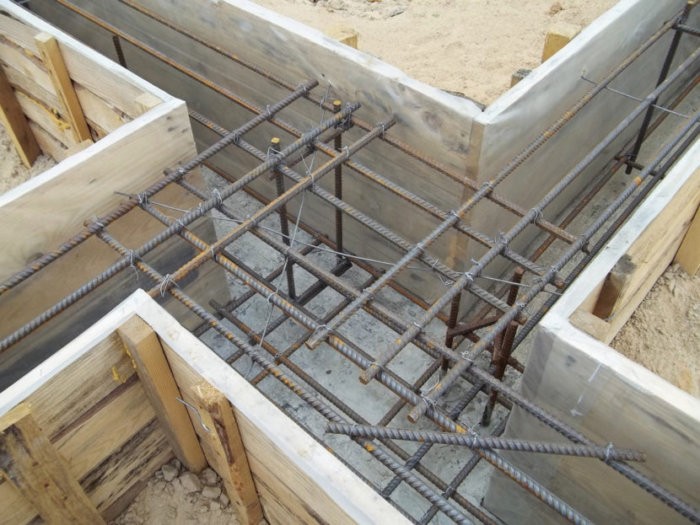
Construction of the barn foundation
The required bearing capacity of the project is calculated taking into account the location of the object, the strength and direction of the winds, and the amount of snow. The frame is reinforced with additional horizontal and vertical fasteners.
The construction of the barn is accompanied by the installation of enclosing elements:
- framing of openings of windows, doors and gates;
- plums;
- corner flashings.
For natural lighting and ventilation, an aeration visor is arranged.
In the barn, windows are required through which sunlight penetrates. Their design depends on the purpose of the room. In the main part of the building, lifting-sectional or hinged PVC windows filled with colorless carbonate are installed. For the maternity ward, the same ones are suitable, but sliding.
The milking unit is equipped with hinged or sliding PVC windows filled with colorless polycarbonate. PVC windows with double-glazed windows are used hinged.
Luminaires are selected in accordance with fire safety requirements and GOST.
Install insulated swing doors to keep warm in winter. Gates are equipped with lifting and sectional mechanisms.
The dimensions of the barn are calculated according to the number of animals. According to zootechnical standards, one cow needs 6 m2 floor, and together with the calf you need already 10 m2. The width of the passage between the stalls is from 1,2 to 1,5 m. The minimum height of the room is 2 m. The floor is laid with a slope of 5–2%.
Stall dimensions: width – 1,1 meters, length – 1,7 meters. The feeders are located at some distance from the stall so that the steam from the breath of the animals does not settle on the stern, and it does not deteriorate. The minimum width of the passage to the stern is 1 meter. The manure chute is located behind the machine, the width is not less than 29 centimeters, the depth is 10 or more. The slope is made towards the sump.
Off plan
Building a barn from scratch has advantages. It often slightly exceeds the cost of reconstructing the old one, but everyone does it their own way. Before purchasing materials, they determine the type of structure: what will be the foundation, walls, roof, floor and other elements.
Based on the size of the building, calculate the required amount of building materials. A drawing or even a sketch of the building with an indication of the main dimensions will help in the calculations.
Gender
Attention! When the floors are cold, the animals become hypothermic, mastitis develops, their productivity decreases, and feed is overused.
At the same time, hygiene requirements are imposed on them:
- water tightness;
- chemical resistance;
- easy to clean and disinfect.
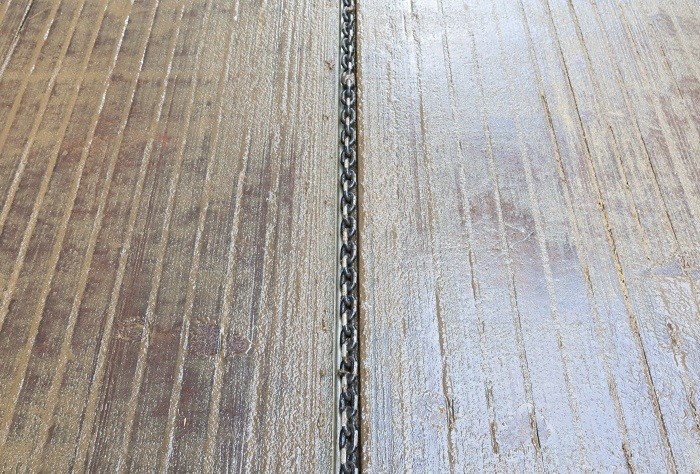
The most suitable material for the floor is wood
The most suitable material for the floor is wood. Usually the boards were laid on compacted earth or concrete without an air gap. This design is short-lived, after a few years the wood begins to rot. Concrete or stone floors are cold, unsuitable and harmful to cows.
The best option is a multilayer floor. First, concrete is poured over the rammed area. It is made with a slope of 2–3 cm towards the back to drain slurry. A steeper one causes diseases of the limbs, provokes an abortion.
Logs are laid on top, and on them boards that can support the weight of a cow. The presence of air under the floor, the slope of the concrete does not allow moisture to stagnate. It drains, the remnants dry out, the boards last a long time.
Walls
The material for the walls is chosen taking into account climatic features. Mineral wool sandwich panels are a relatively new product on the Russian market, but have long proven themselves on the positive side in Europe and America. In addition to excellent thermal insulation properties, it allows you to build a structure in a short time.
Stone and concrete as materials are strong and durable. They require a monolithic foundation, which increases the overall cost. Such walls have disadvantages:
- poor ventilation;
- high thermal conductivity: it is easy to heat up and also cools down;
- condensation forms on the walls.
In stone and concrete barns, animals feel uncomfortable, overheat or freeze, and often get sick.
The use of bricks has a more favorable effect on the condition of animals. It does not cool and overheat so much, it condenses less moisture. Gas blocks, foam blocks are also used in the construction of livestock buildings. Depending on climatic conditions, there may be other materials: adobe, limestone, wood.
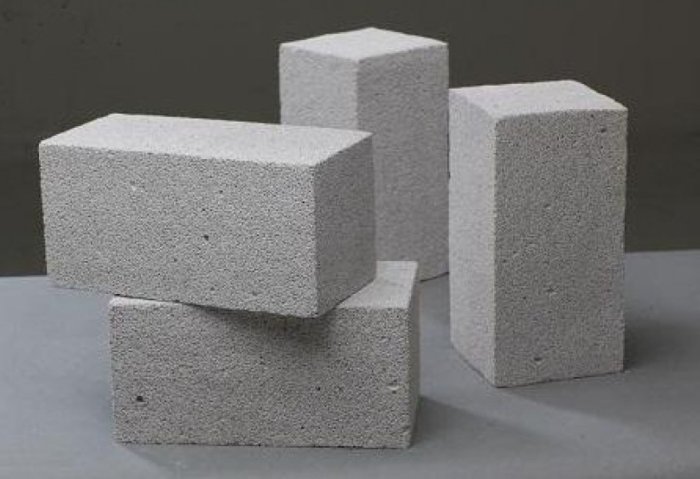
Gas blocks, foam blocks are suitable for the construction of a barn
Ventilation
In addition to the optimal choice of material for the walls, proper ventilation of the barn is of great importance. Animals are highly dependent on the surrounding microclimate. At temperatures exceeding 25°C, they consume less feed, spend more energy on the release of excess heat, which affects the reduction in milk yield and loss of growth.
The positive effect of the ventilation device in the barn:
- quickly pays for itself due to the stable productivity of the herd;
- animals are protected from heat stress, behave calmly;
- a favorable microclimate is created in the room.
A simple ventilation scheme is natural. Air exchange is carried out through ventilation ridges on the roof and shafts.
Forced ventilation is performed as mechanical ventilation with fans and valves. Plastic ventilation curtains are also used, which regulate the air flow.
Feeders and drinkers
For hay, grates are used, arranged in front of the cow, with such a distance between the bars that she can take food. Grain and wet mixers are given out in buckets or other containers. They should be easy to remove to get rid of food debris, wash.
In front, they often arrange a low feeder made of boards. They are sharpened, cleaned so that the animals do not get hurt.
Drinkers for cows held on a leash are arranged individually. An automatic drinker is preferable, from which animals drink water when they want. In loose housing, group drinkers are used, filled manually or automatically from the water supply.
Mat
A dry and clean environment greatly reduces the risk of animal disease. Bedding is used, which is changed daily or a new layer is added to the old one. Even if the bedding is not changed, the manure is removed every day. Dry layers accumulate, in winter the room is warmer, the cows feel comfortable.
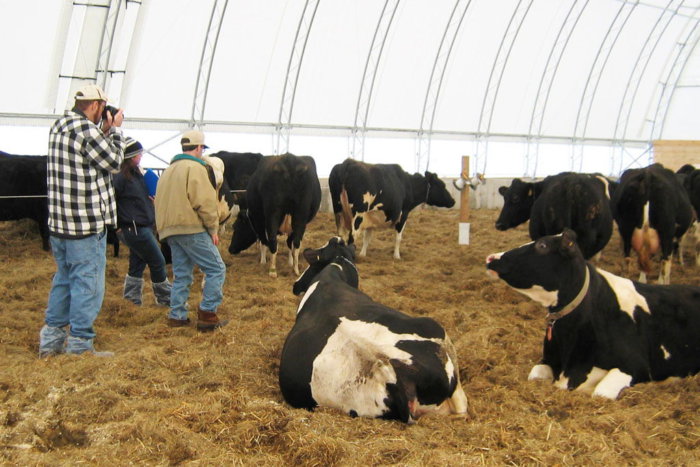
Straw bedding in the barn
Important! The animal will not lie down in wet bedding, especially in winter. It will stand, get tired, performance drops.
The best straw bedding. Peat is sometimes added to it if this is not problematic for the area. Such material is hygroscopic, prevents the spread of harmful gases.
manure storage
A simple and effective equipment for removing manure is a rod-scraper mechanism. The manure is fed by an auger conveyor through an opening in the wall into a manure collector designed for a three-day volume.
From here it is moved to the manure storage. When calculating volumes, it is taken into account that one cow produces 12 tons of manure per year.
If the groundwater is deep, it is arranged in the form of a foundation pit, otherwise – on the surface of the earth. The bottom is laid with a 30-cm layer of greasy clay. The walls are made of stone on cement mortar or reinforced concrete slabs, the gaps are covered up.
In areas where it rains a lot, they arrange a roof or use large barrels, cisterns.
Conclusion
The service life of the cowshed depends on how much the building requirements were adhered to. With their observance, the structure will stand for more than a dozen years. In a room where zoohygiene is observed, healthy offspring are born and grow up.
Cleanliness in the premises is a guarantee that the livestock will soon increase, the question of building a new premises will arise. Keeping animals in a comfortable barn will allow you to do this – there will be a profit.

